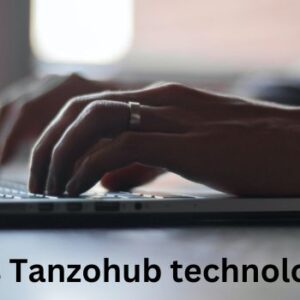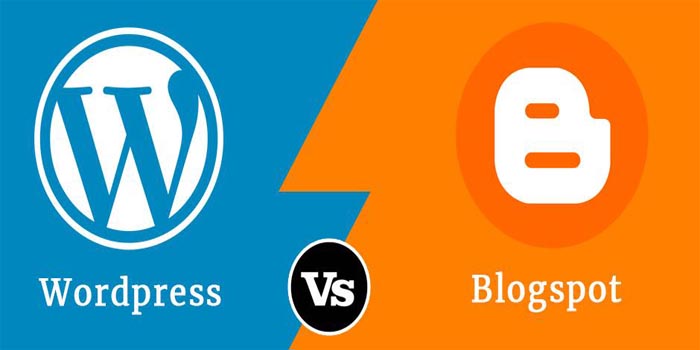With the rapidly evolving IT market and tools, the Scaled Agile Framework (SAFe) presents a widely adopted solution that businesses are using to implement and scale Agile practices at the enterprise level. SAFe encompasses four bodies of knowledge including Agile methodology, Lean development principles, System thinking, and DevOps. As businesses grow, SAFe provides the guiding principles and structure that development teams can use to extend the agile framework they have been using to a larger scale. It is built on four configuration levels;
- Team
- Program
- Large Solution
- Portfolio
SAFe is built on the principles of alignment (aligning development to business objectives) and collaboration. It is entrenched in four core values; alignment, transparency, built-in quality, and program execution.
At the strategic level of the SAFe framework, implementation is the SAFe Agilist. This individual is charged with the core responsibility of implementing and applying Lean-Agile principles, the execution of Agile Release Trains, and building a portfolio with Lean-Agile budgeting and for this, a Leading SAFe 5 Agilist certification becomes the most coveted credential for SAFe Agilists who intend to implement SAFe at a strategic level.
Benefits of adopting the SAFe framework
SAFe is focused on addressing common challenges associated with scaling Agile practices. It features a well-organized structure that clearly outlines roles, responsibilities, definitions, boundaries and other finer details that a business requires to implement it. It is also a flexible framework that can be implemented gradually depending on program needs.
SAFe has been employed by many large organizations because it allows businesses to achieve the same benefits offered by agile methodologies but on a much larger scale which are:
- Shorter time-to-market for software solutions
- Increased IT service quality
- Team collaboration and alignment to projects
- Enhanced engagement between teams, other IT staff, and the management
- Increased productivity
- increased stakeholder value
SAFe Core values
As mentioned earlier, SAFe is entrenched in four core values that are critical to successfully delivering a project that applies the SAFe methodology. These values are alignment, built-in quality, transparency, and program execution. Besides having knowledge of agile-lean principles, it is also important to be clear about the economics of a project, apply a system thinking approach, have an analysis of options, and the preparedness for unpredictability.
Let’s look at each of the Scaled Agile Framework core values
- Alignment
Alignment is all about aligning the company goals and objectives with its peoples and customers. This process enables all team members to be on one page and move in one direction in terms of workflows, business objectives, and strategies, as well as be clear about the steps laid down to achieve them. Alignment helps enterprises to stay on top of the dynamic environment and fierce competition.
In developing a system that can allow an organization to stay ahead of competition amidst the changes, alignment should begin at the portfolio level and then inform the vision, roadmap, objectives, and backlog items in all configuration levels of the SAFe project.
Alignment is achieved through:
- Structured coordination of teams and programs that may be operating in distributed locations.
- Selecting an alignment strategy that supports the flow of information downwards from the portfolio to all activities of product and solution management in a timely manner. Secondly, a good alignment strategy defies the traditional top-down command and flow information. Information flows in both directions.
- Clearly defined lines of content authority starting at the portfolio level within the role of product management trickling down to the product owner roles.
- Cadence and synchronization. Cadence to ensure that the teams fall into a routine kind of working and synchronization to ensure that the development teams and business stakeholders are headed in the same direction.
- Establishing clear architecture and user experience guidelines and governance for checking the technology for scalability, capacity, and appropriateness.
- Ensuring that alignment is integrated right at the start of strategy formation.
- Built-in quality
Quality is not added, it is built into a product. This means that at every step of the development process or within every increment of the solution, a specified quality standard should be met to avoid ending up with invalidated products. This principle ensures that all the teams are up to speed with the specified quality standards to save costs on revisions. To ensure quality is achieved through the incremental process and avoid the need to fix quality at the end, quality should reflect in five aspects of the development process,
- Lean flow
- Agile architecture and designing
- Code quality
- System
- Release
- Transparency
SAFe’s transparency value is important as it offers visibility of workflows to all stakeholders, strengthens trust between teams and team members, and helps them to quickly and effectively respond to challenges. Without it issues resolution and decision making will be merely based on assumptions or speculations and not facts. Transparency allows for real-time visibility of information on all development stages across all levels in a backlog.
Transparency is a function of trust. Trust is not only a factor in developing large and complex solutions with projects consisting of a large number of teams, but it also builds the team’s confidence and integrity to accomplish tasks.
Having transparent systems means that goals, strategies, and program activities are accessible to all players contributing to the portfolio.
Baring in mind that developing trust is a slow process, here are some recommended SAFe practices that should be nurtured to build trust in teams:
- Ensuring that management and other stakeholders can access the portfolio and have a good understanding of program objectives for each solution train. By making the backlogs visible, all people will appreciate the objectives of the program and contribute to its incremental development.
- Agile Release Trains (ARTs) and other teams should be equipped to go through the portfolios of businesses and be in the know of all the new initiatives.
- Having regular stand-up meetings to check the progress of each member, and commit towards established goals.
- Improvement of the backlog is achieved through continuous inspection and improvement of the methodology.
- Program execution
SAFe’s program execution is focused on having a system that provides desired business outcomes. Effective execution entails breaking down activities into manageable roles and tasks. Agile projects should be planned and organized in such a way that development teams will not struggle to deliver value reliably and consistently.
Successful execution of SAFe is focused on the consistent achievement of value. Agile leaders need to focus on facilitating teams to deliver identified solutions in incremental stages and ensuring that both the development teams and customers are reading from the same script.
ARTs and value streams work together to deliver value, collect feedback from end-users, and implement this feedback to improve the product function. Most importantly, program execution is enabled by all the other core values working together in tandem.
Conclusion
Scaled Lean-Agile core values can only be implemented successfully through strong leadership and the integration of a continuous learning culture. Product owners and leaders of various teams can join hands in creating a requisite environment to promote collaboration. Leaders should therefore be in a good position to inculcate a motivating culture for teams and all stakeholders, who collectively apply the SAFe principles in creating value for customers.




